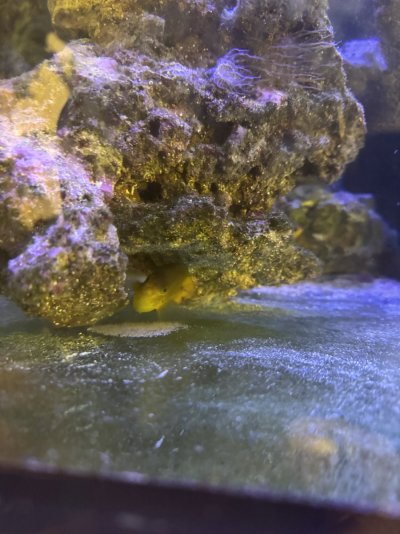Anyone? I could use some help/pointers
I have “some experience”: many sea horses and I’ve had Marine Bettas spawn in the DT…I have a 900xxl with the 2nd sump setup, should I move the now and how often do they re-spawn.
..I have bbs but no rotifers and zero photo/gut load…
no clue how to raise or feed fry, what to buy …I’m guessing this batch is lost
appreciate it Ken
I have “some experience”: many sea horses and I’ve had Marine Bettas spawn in the DT…I have a 900xxl with the 2nd sump setup, should I move the now and how often do they re-spawn.
..I have bbs but no rotifers and zero photo/gut load…
no clue how to raise or feed fry, what to buy …I’m guessing this batch is lost
appreciate it Ken


















